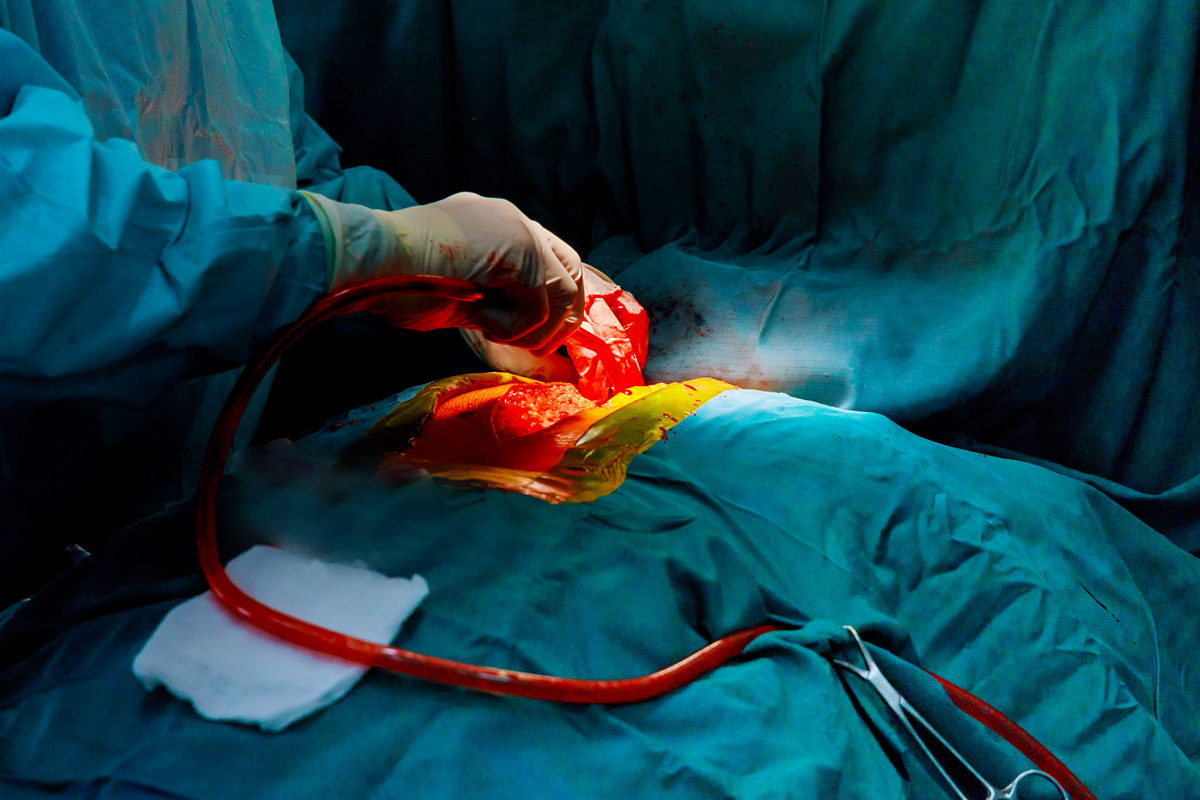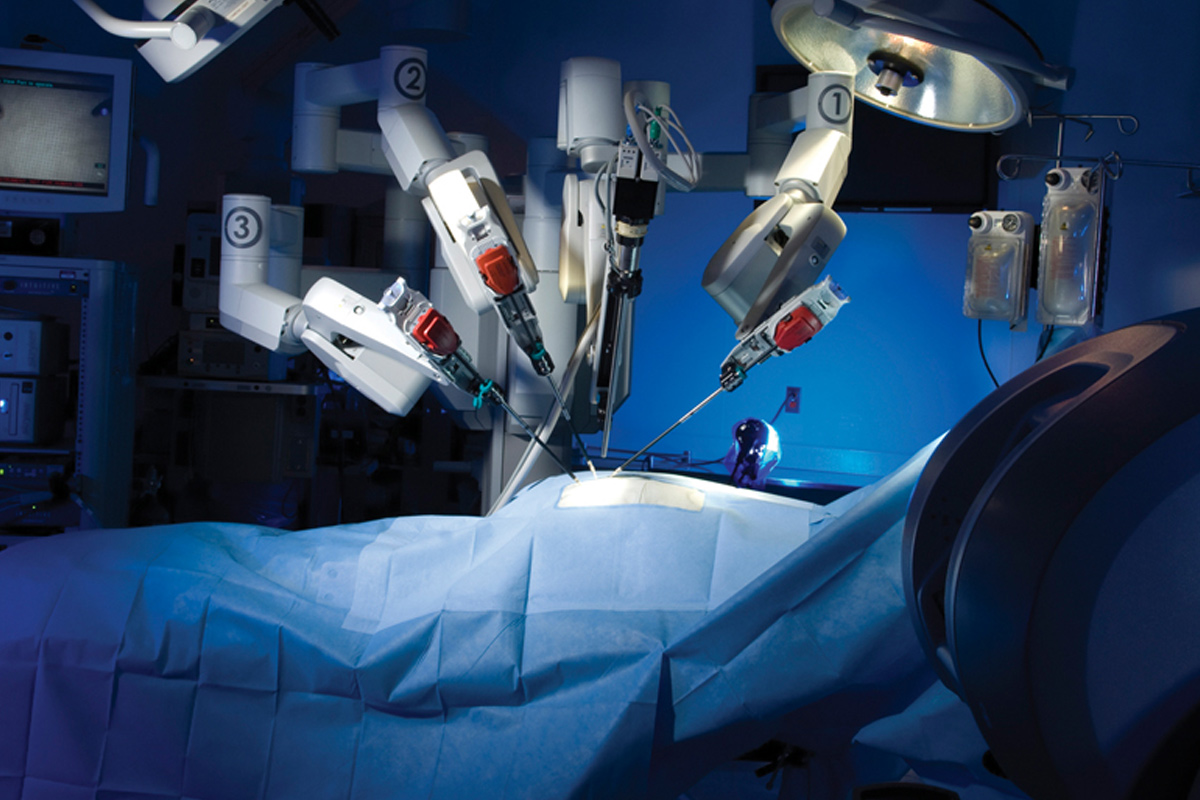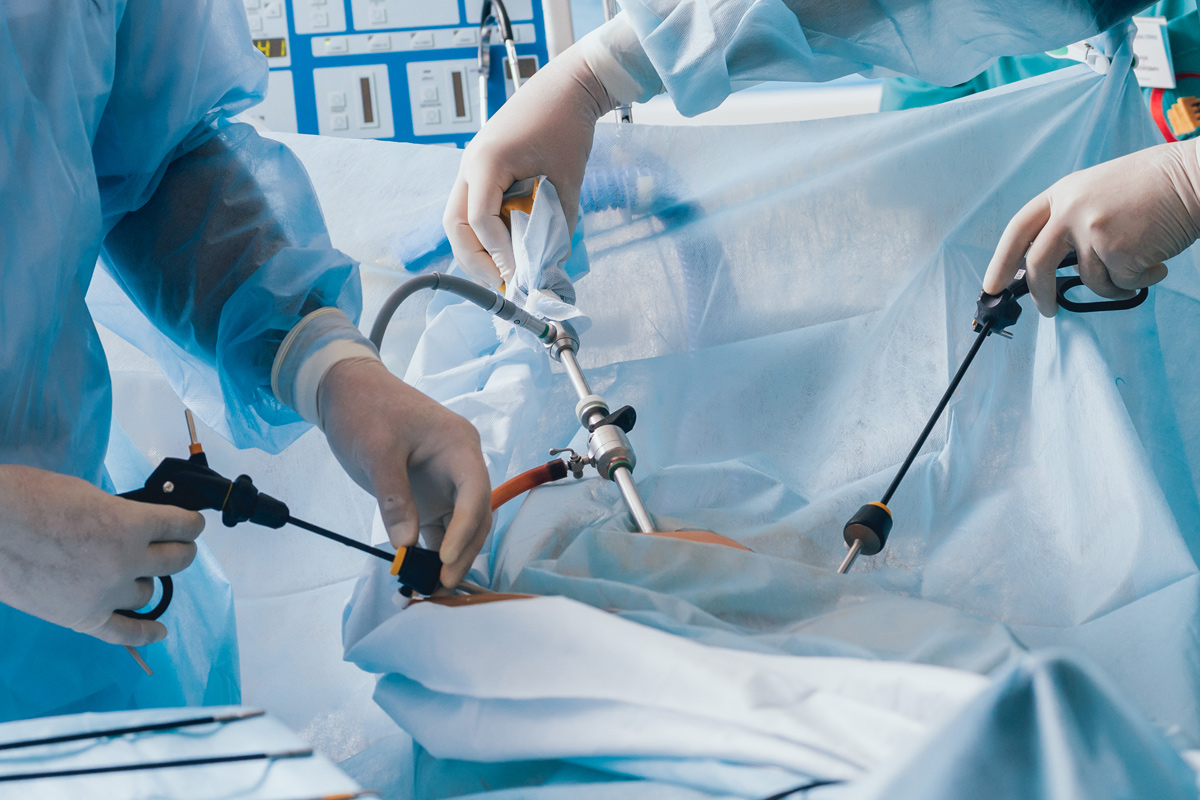Mitral Valve Diseases
Mitral Valve
The mitral valve is a structure that regulates blood flow between the atrium and the ventricle on the left side of the heart. While it opens during the resting phase of the heart (diastole) to allow blood to flow from the left atrium to the left ventricle, it closes during systole, preventing blood from flowing back. The mitral valve is essentially made up of four components.
1. Leaflets
2. Mitral annulus
3. Papillary muscles (muscles that allow the valve function)
4. Tendinous cords (string-like structures that attach the leaflets to the papillary muscles)
Mitral Stenosis
In many patients with mitral stenosis, the cause is chronic rheumatic disease. A rheumatic valve lesion may cause stenosis or mitral regurgitation or both. While regurgitation alone is more common in early childhood, stenosis is more common in young adults, and both are common in older adults. Mitral stenosis obstructs the flow of blood from the left atrium to the left ventricle.
Mitral Regurgitation
Unlike mitral stenosis, it may occur for many different reasons.
a) Enlargement of the valve annulus due to Marfan syndrome, Ehlers-Danlos syndrome, or ventricular dilatation
b) Thickening and retraction of the valve because of rheumatic disease and inability of the valve to close tightly.
c) Impairment of valve closure due to shortening of the chordae due to rheumatic disease or elongation of the chordae due to degenerative disease
d) Rupture of the papillary muscles after acute myocardial infarction for ischemic reasons
Clinical Course and Symptoms of Mitral Valve Diseases
The most prominent symptom is dyspnea (shortness of breath) accompanied by an increase in left atrial pressure and, correspondingly, pulmonary venous pressure and pulmonary capillary pressure. The patient’s exercise tolerance is reduced, and he/she quickly becomes fatigued. These symptoms often appear after a very long time. However, in acute cases, the patient may present to the clinic with the picture of pulmonary edema.
When listening to a stenotic valve, the opening sound can be heard as S1 and a diastolic murmur in the mitral focus. An enlarged left atrium is usually seen on a posterior-anterior chest radiograph. Echocardiogram is the most informative preoperative examination. Angiography is required only in patients in whom the information on ECHO is considered insufficient and in patients with ECG findings suggestive of coronary artery disease. Even if the ECG is normal in patients older than 40 years, angiography is required.
Surgery Indications
The course of disease in mitral stenosis is usually slow. The first symptoms usually appear 7-10 years after rheumatic fever. It usually takes another 10 years for the main symptoms to appear. However, the clinical course varies from person to person.
Exercise capacity is important in the evaluation and treatment of all valvular heart disease. For this reason, the New York Heart Association (NYHA) functional classification is used. Patients’ exercise capacities, as determined by testing, are assessed using a measure called MET (1 MET = 3.5 ml/kg/min is the relative oxygen consumption of activity)
NYHA class 1: No complaints (7 MET or higher).
NYHA class 2: Complaints with vigorous activity (5-6 METs).
NYHA class 3: Complaints even with simple daily activities (2-4 METs).
NYHA class 4: Complaints even at rest.
Accordingly, surgery is indicated in patients with NYHA class II (if atrial fibrillation is present), NYHA class III, and NYHA class IV.
The development of atrial fibrillation (arrhythmia) not only worsens the patient’s symptoms, but also increases the risk of thromboembolism (when a blood clot forms in the heart and is carried by the bloodstream, clogging other blood vessels of organs, arms and legs).
Some criteria in the echocardiogram are also used to decide on surgery. (e.g., valve area)
Mitral Regurgitation
The clinical course of mitral regurgitation is almost the same as that of mitral stenosis. However, tacitly progressive left ventricular dysfunction masks the symptoms of mitral regurgitation for a long time. The patient’s clinical condition and ECO findings are evaluated together for the indication of surgery.
Surgical Treatment
Closed mitral commissurotomy is an obsolete surgical procedure. It is based on the principle of dilating the valve by reaching the valve narrowed by adhesion through the ventricle with bougies.
Reparative Surgeries
All procedures are usually performed under anesthesia as median sternotomy (opening of the sternum), cardiopulmonary bypass (a machine temporarily takes over the function of the heart and lungs) and opening of the left atrium.
– Repair of a papillary muscle tear
– Shortening the elongated chorda or lengthening the short chorda.
– Repair of the enlarged valve annulus with a flexible Teflon ring support.
These are the main reparative procedures. However, in some cases, valve repair procedures are not sufficient to correct the pathology. Then the valve must be replaced with a prosthetic valve. Mechanical valves with a Teflon (PTFE) coated surface are often used. The success of the treatment depends on the experience and technical equipment of the surgical team, but also on the preoperative condition of the patient, whether other pathology is present, and the suitability of the prosthesis. To avoid clots on a prosthetic valve, these patients should take anticoagulant medication for life.



